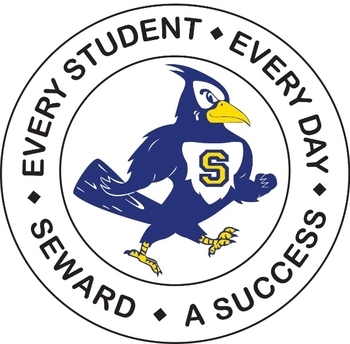Seward Public Schools
Current conditions as of 12 Jul 01:54 am CDT
Fair
|  | 72° |
Overnight
A 20 percent chance of showers after 4am. Mostly cloudy, with a low around 63. North northwest wind around 10 mph, with gusts as high as 20 mph.
Saturday
A 20 percent chance of showers before 9am. Mostly cloudy, then gradually becoming sunny, with a high near 80. North northwest wind 7 to 10 mph, with gusts as high as 18 mph.
Saturday Night
Mostly clear, with a low around 61. North northwest wind around 6 mph becoming calm.
Weather forecast provided by weather.gov.
 Seward Public Schools Logo
Seward Public Schools Logo

